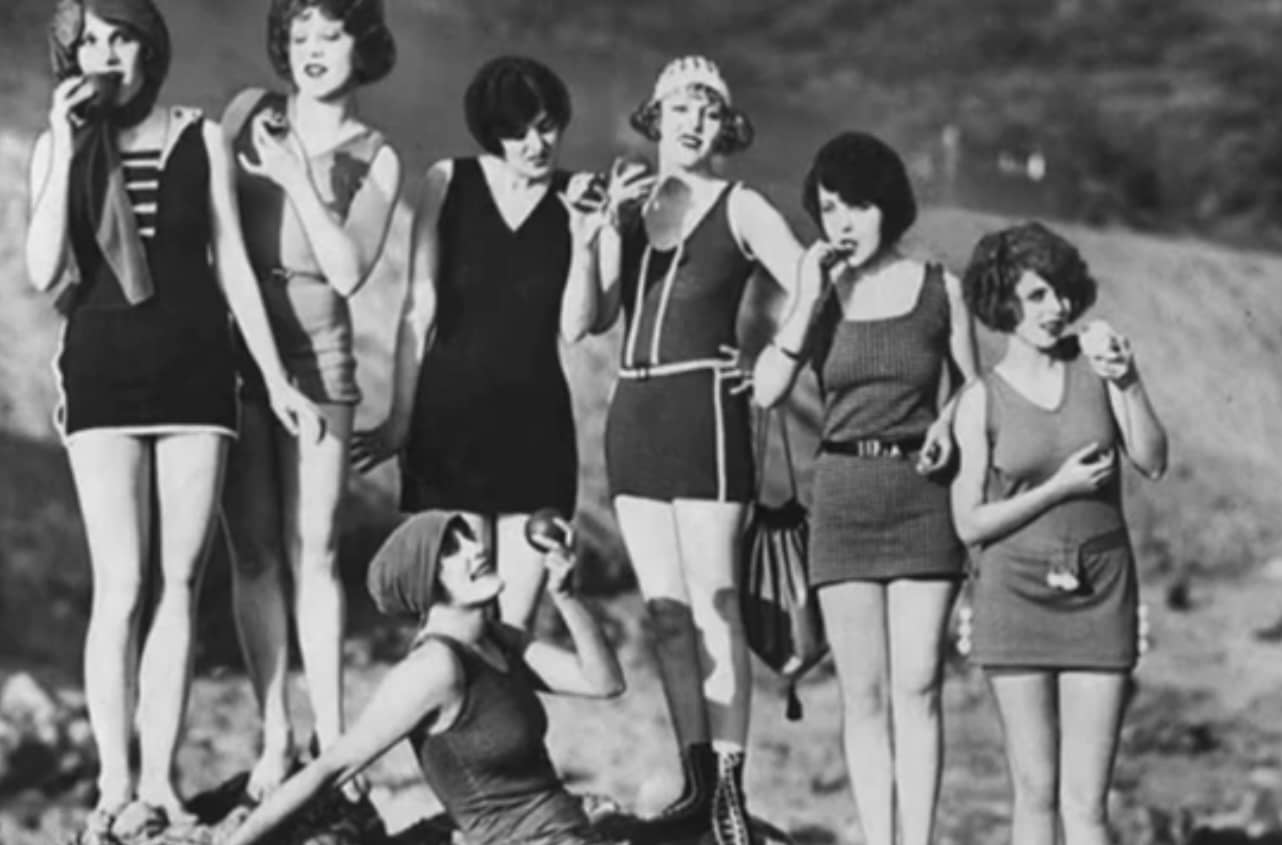11 Spanish Historical Figures That Will Never Be Forgotten
September 28, 2022
Win a FREE Trip to Spain!
Exciting Announcement! For the first time, we're thrilled to offer exclusive trips to the heart of Spain - an experience like no other. This isn't your typical tourist journey; it's a unique opportunity to immerse yourself in authentic Spanish culture, alongside real locals and our passionate team.
But there's more! Simply by requesting information about this amazing trip, you'll be entered into a special draw to win a Fully Paid Trip to Spain for Two. And that's not all - everyone who inquires will receive an exclusive bonus gift, valued at $500, available only now.
Ready to Discover the Real Spain?Click Here ↑ to Request Information & Enter the Draw!
They say that a nation is constituted based on the people who compose it. And I couldn’t agree more! The achievements that these figures in the history of Spain have made over the years represent our country today.
I will give you a tour of the conquerors, monarchs, world explorers, military men, and dictators. All of them left a legacy that has been part of the history and culture of Spain. Spain has historical characters that will remain in the books for life and will be talked about thousands of years from now.
Hope history was your favorite subject as we are going to touch on some important historical facts. But don’t worry, I’ll try not to get too long and get to the point! Although there are too many, and the list would never end, these are the ones you should always remember.
Table of Contents ▼ ▶
1. El Cid
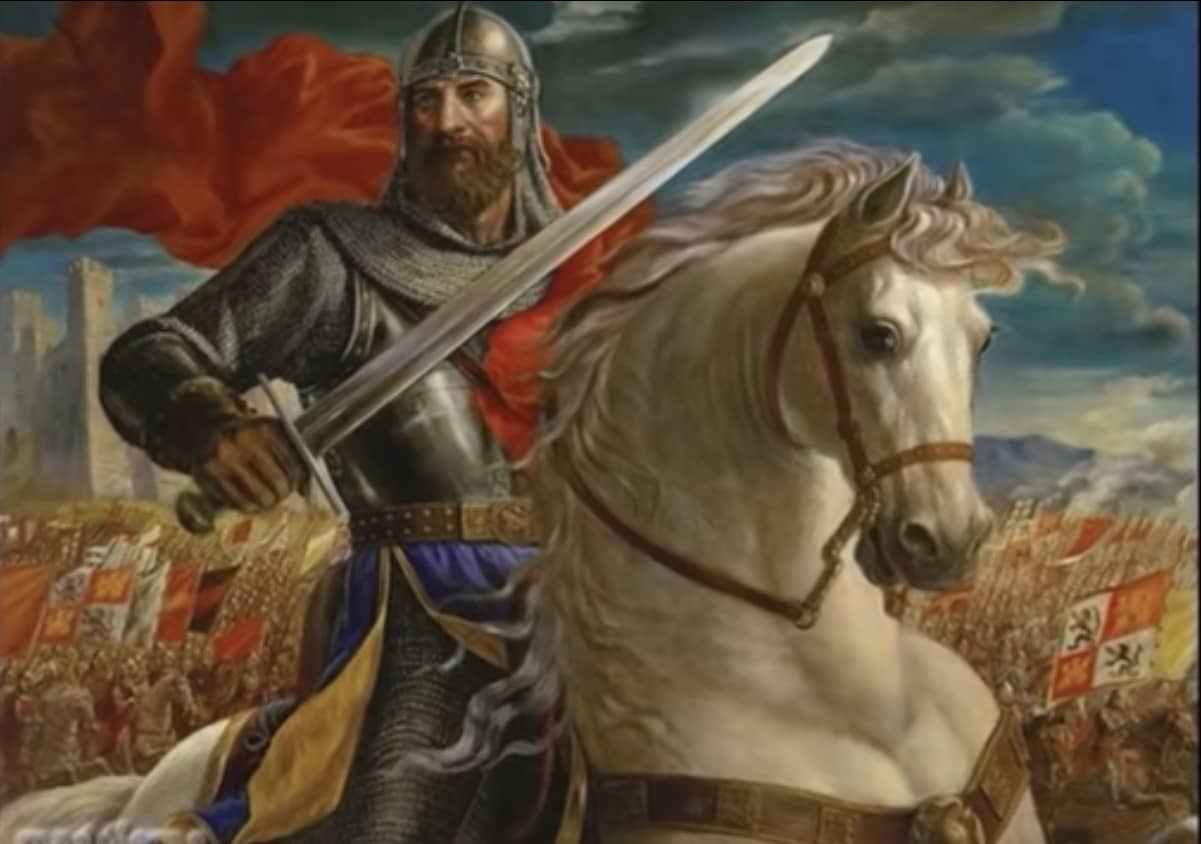
His real name was Rodrigo Diaz de Vivar, also referred to as “El Cid Campeador” or “The Champion”.
He’s a Castilian knight and military leader halfway between historical reality and legend. Rodrigo Diaz de Vivar, known as the Cid (“lord” in Arabic) Campeador (“expert in pitched battles”), really existed and is considered the greatest hero of the Reconquest in the fight against the invading Muslims. However, the reality is that he sometimes fought on the side of the Muslims. So expert historians consider him also a mercenary who sought his benefit. The character and his life inspired the most important “cantar de Gesta” of Spanish literature, the “Cantar de Mio Cid.”
2. Christopher Columbus
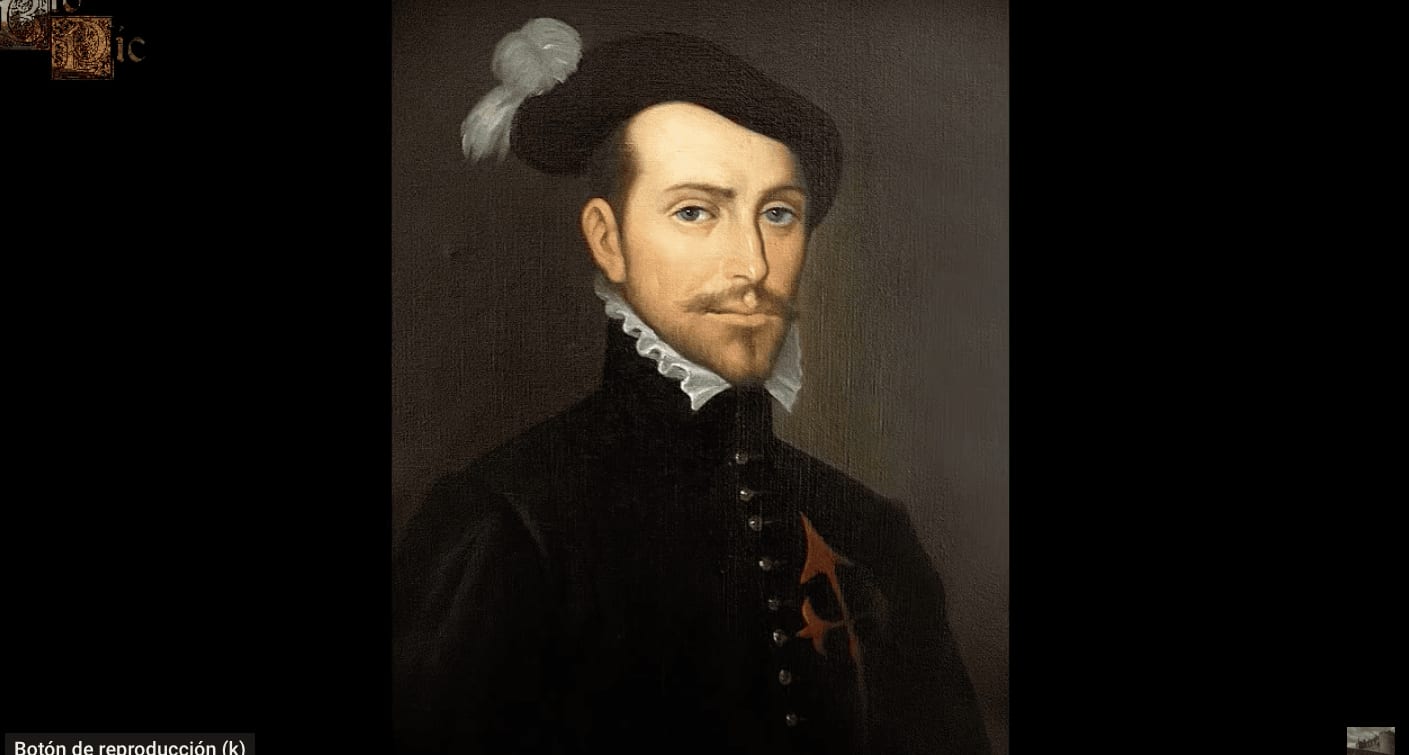
Christopher Columbus was a Genoese navigator who believed that the earth was spherical, unlike the rest of society, who thought it was flat and that when ships reached a point, they fell into the void.
Columbus wanted to reach the East Indies and present-day Japan by a new maritime route, this time through the west and not the east.
So he put his plan into motion and presented it to John II of Portugal, who rejected it with his Committee on Maritime Affairs. Without giving up, Columbus outlined it to the Catholic Monarchs, Isabel, and Fernando, who took years to accept it.
Once they accepted, on August 3, 1942, Columbus began his journey with three caravels, “The Santa María,” “The Pinta,” and “The Niña”. He left Port of Palos in Huelva and would not see land until October 12. On October 12, 1492, he discovered America arriving at the island of Guanahani in the Bahamas.
3. Hernán Cortés

He was the Spanish military born in Medellín (Extremadura), who initiated the conquest of Mexico in the early 16th century, which meant the end of the Aztec empire. Mexico became part of the Crown of Castile, receiving the name of New Spain.
Cortés tried to seek fortune in his travels to the New World and Cuba. He allied himself with indigenous groups to help him defeat others to achieve his goals. He also used a native woman, Doña Marina (known as La Malinche), who was his interpreter during his expeditions and with whom he had a son.
The governor of Cuba, Diego Velázquez de Cuéllar, wanted to arrest Cortés, but he managed to win. After this, he contacted King Carlos I, so that he could be recognized for his conquests. With all this, Cortés obtained the Marquis of the Valley of Oaxaca title. In 1541, he returned to Spain and died there.
4. Pelagius of Asturias
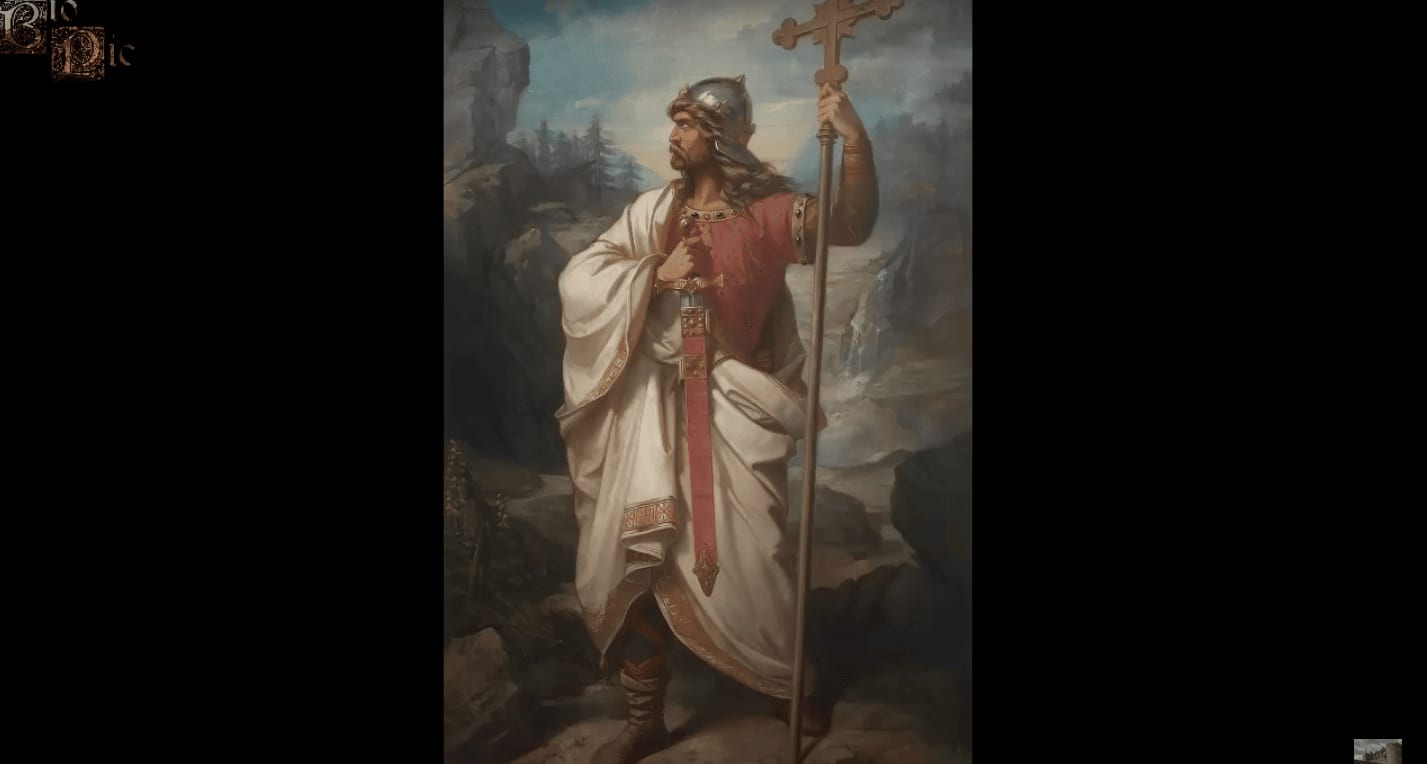
Known in Spanish as “Don Pelayo,” he was a Spanish-Visigothic nobleman who founded the Kingdom of Asturias in 718. He also led the reconquest of the Iberian Peninsula, which the Muslims occupied.
He was a heroic character who established the Asturian monarchy becoming the forerunner of all future Iberian monarchies. These monarchies include the Kings of Castile, the Kings of Leon, and even the Kings of Portugal.
5. Alfonso X
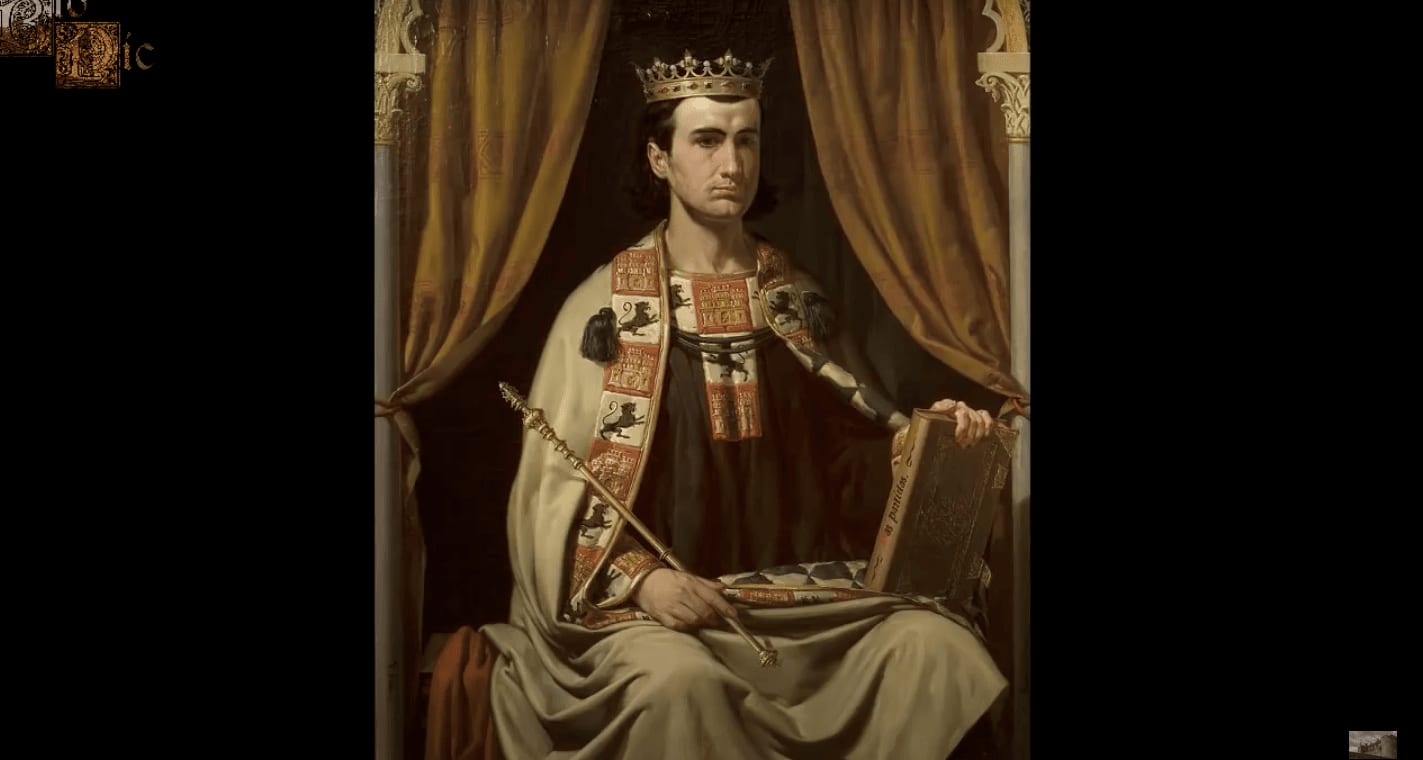
Alfonso X was king of Castile, Leon and Galicia from 1252 until his death in 1284. He received the nickname of The Wise Man, “El Sabio,” and he was the eldest son of Fernando III “El Santo.” What refers to his nickname is his great interest in culture. He’s considered the founder of Castilian prose.
Alfonso X always encouraged everyone to learn to create a cosmopolitan court. During his reign, Christians, Muslims, and Jews held important positions in the court. Thanks to him, texts began to be translated from Arabic and Latin into the Castilian language. After this, Castilian became the primary language in various disciplines, such as higher education.
In addition, Alfonso was the author of the “Cantigas de Santa Maria,” where he mixed poetry with musical content. Some people also knew him as The Astrologist, “El Astrólogo” and not only that, but he also collaborated with historians to make Spain appear for the first time in the context of world history.
6. Catholic Monarchs of Spain
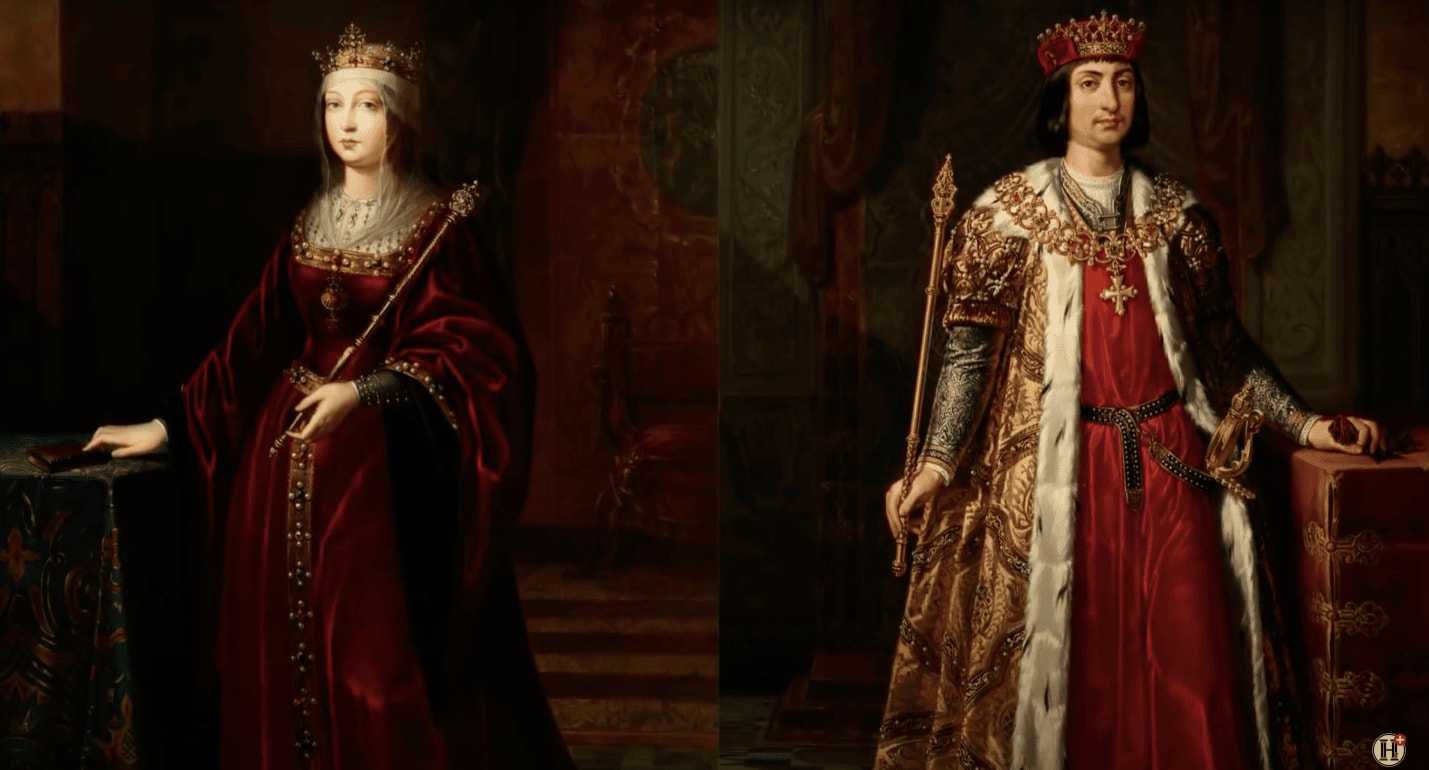
The Catholic Monarchs were Queen Isabella I of Castile and King Ferdinand II of Aragon. It was their marriage that consolidated the union of the kingdom of Spain. However, Spain was formed as a dynasty of two crowns and not a unitary state until the “Nueva Planta” decrees of 1707-16.
Queen Isabella and King Ferdinand belonged to the House of Trastámara and were second cousins, descendants of John I of Castile. To avoid any issues or criticism for being related, they received a papal dispensation from Sixtus IV.
Pope Alexander VI granted them with the title of “Catholic Kings” in 1494.
7. Joanna of Castile
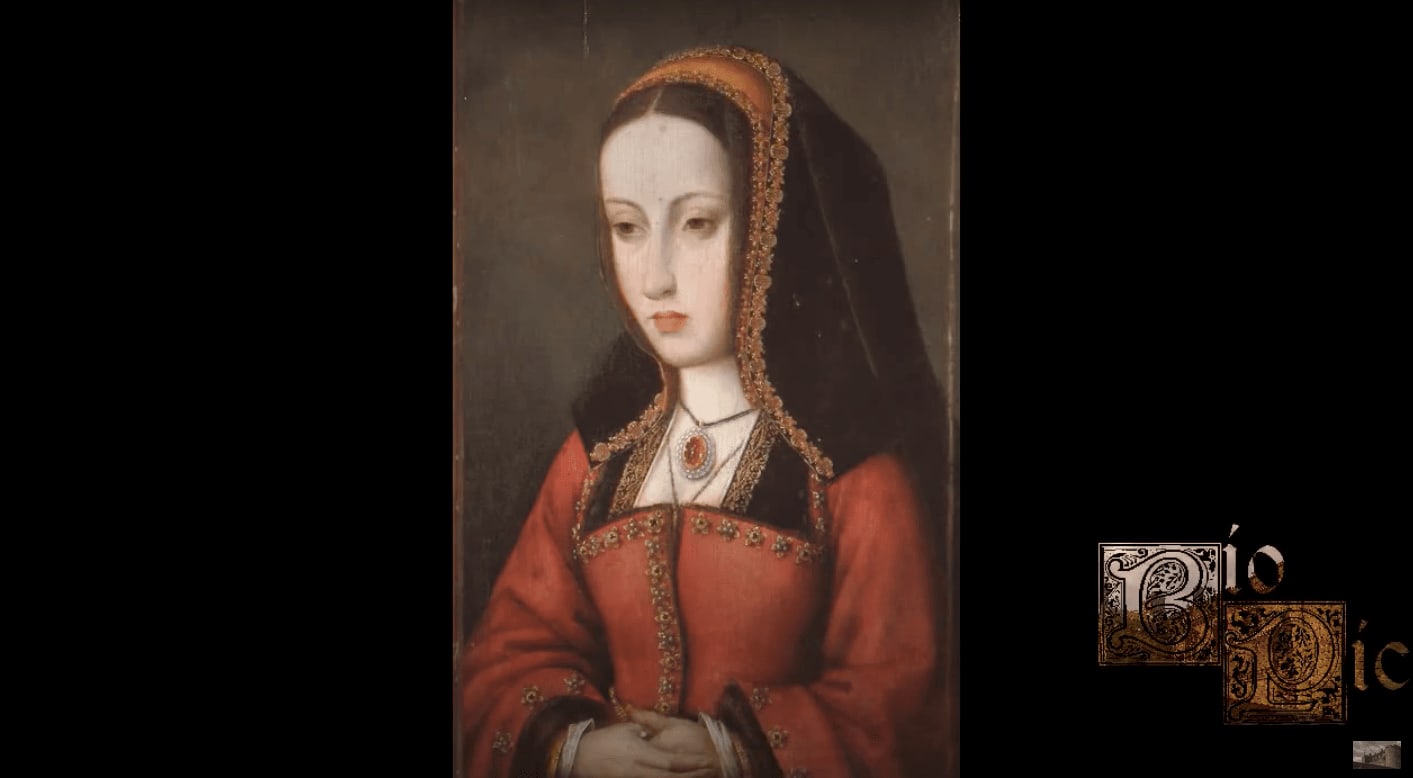
Joanna of Castile, historically known as “Joanna the Mad” (Juana la Loca in Spanish), was the third daughter of the Catholic Monarchs of Spain.
She married the Austrian archduke Philip “the Handsome,” who would later become Philip I of Castile. Due to the death of her two older siblings, Joanna became the successor to the crowns of Castile and Aragon.
When her mother, Queen Isabella I of Castile, died in 1504, Joanna became queen of Castile. And then her father, King Ferdinand II of Aragon, proclaimed himself governor and administrator of Castile. Shortly after being named heiress, she developed a mental illness that marked her career as queen.
In 1509, her father confined her to the convent of Tordesillas, which aggravated her madness. But Joanna was never declared incapable of reigning by the Cortes of Castile. In 1516, after the death of King Ferdinand, the son of Joanna and Philip, Charles V, was proclaimed King of Castile and Aragon.
8. Charles I of Spain
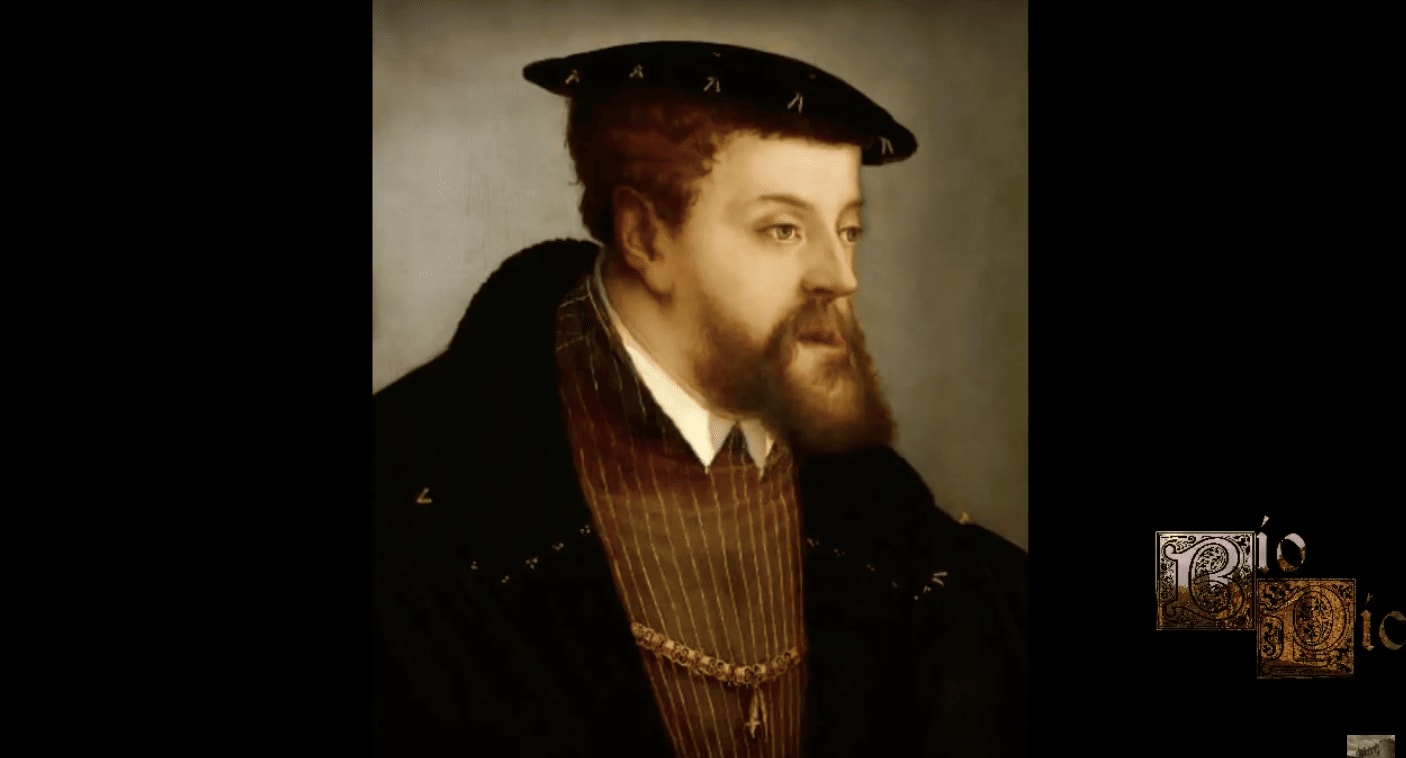
Also known as Charles V, Holy Roman Emperor, he was the son of Joanna the Mad and Philip the Handsome, and received his education in the Netherlands under the influence of the Renaissance. In 1515 he assumed the governments of the states of the Burgundian family (Netherlands, Franche-Comte, Burgundy, and Charolais), which corresponded to the succession of his grandmother Mary of Burgundy.
On the death of King Ferdinand in 1516, he inherited the union of the Crowns of Castile and Aragon.
Also, in 1519, on the death of his paternal grandfather, Maximilian I of Austria, he inherited the Habsburg estates.
Possessing such vast territories, he launched the plan to restore a universal Christian empire, for which he had to achieve hegemony over the other Christian kings. All of this would lead to constant wars with opponents of this hegemony.
9. Francisco Franco
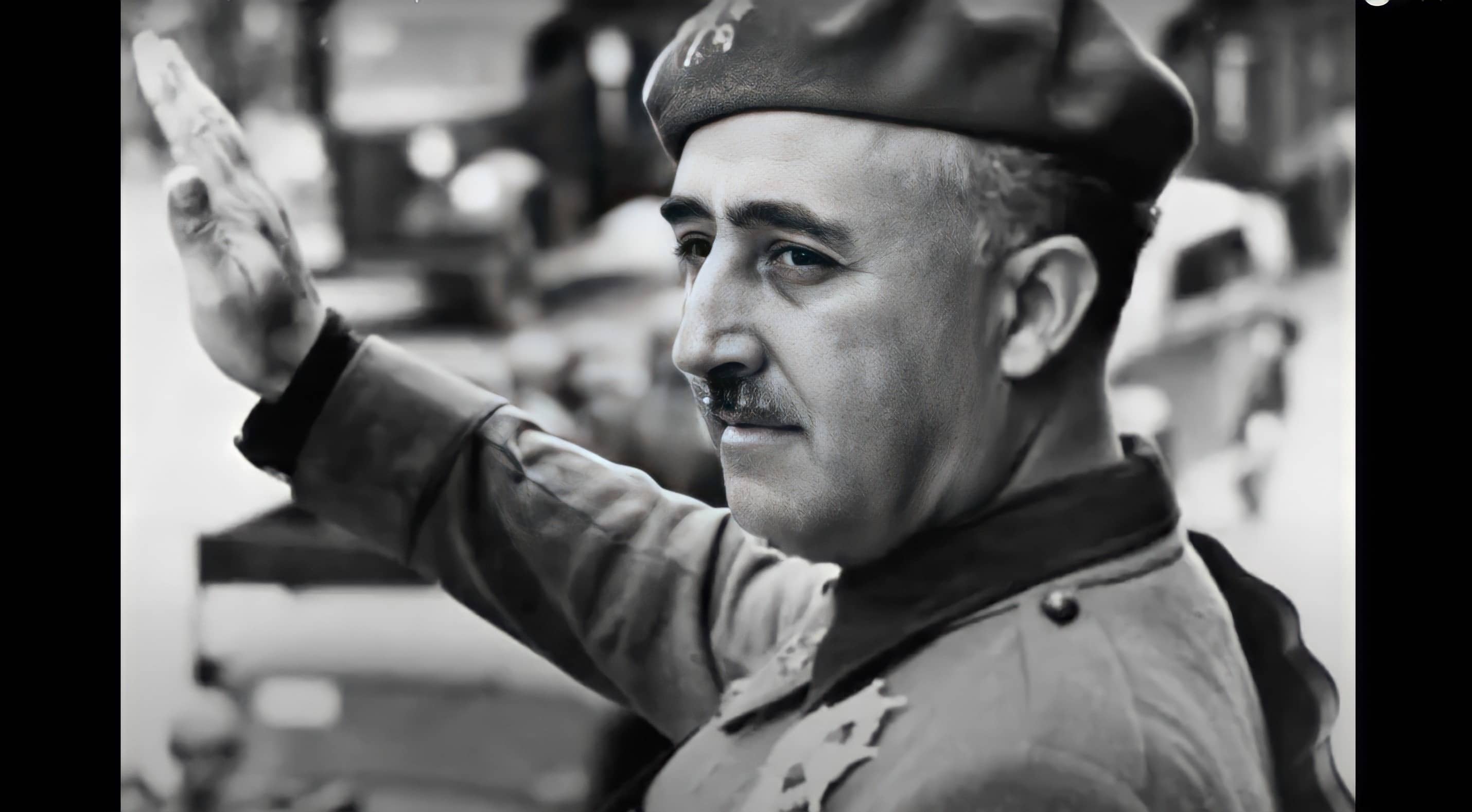
Born into a middle-class family, Francisco Franco chose to study for a military career at the Toledo Infantry Academy, which would give him the necessary training to quickly climb the ranks for war merits, taking advantage of the war situation in Morocco.
In 1923, at 31, he was already head of the Legion. And in 1926, he became the youngest general in Europe. He was the Spanish general, also known as the “Caudillo”, who led the Nationalist forces to overthrow the Second Spanish Republic during the Civil War.
In 1939 he began ruling Spain as dictator until he died in 1975. The period during which Franco was in charge, is one of the most important in Spanish history and is known as the Francoist dictatorship or Francoist Spain.
In 1973, Franco resigned as prime minister but remained in power as head of state and commander in chief. At that time there was a law which allowed Franco to choose his successor, so when Franco restored the monarchy in Spain, he named Juan Carlos I, the future King of Spain.
Franco had conservative ideas based on order and authority. During his dictatorship, there was enormous repression, and lots of people died, but at the same time, there was impressive economic prosperity. All this made Spain increase its quality of life.
10. Juan Carlos I
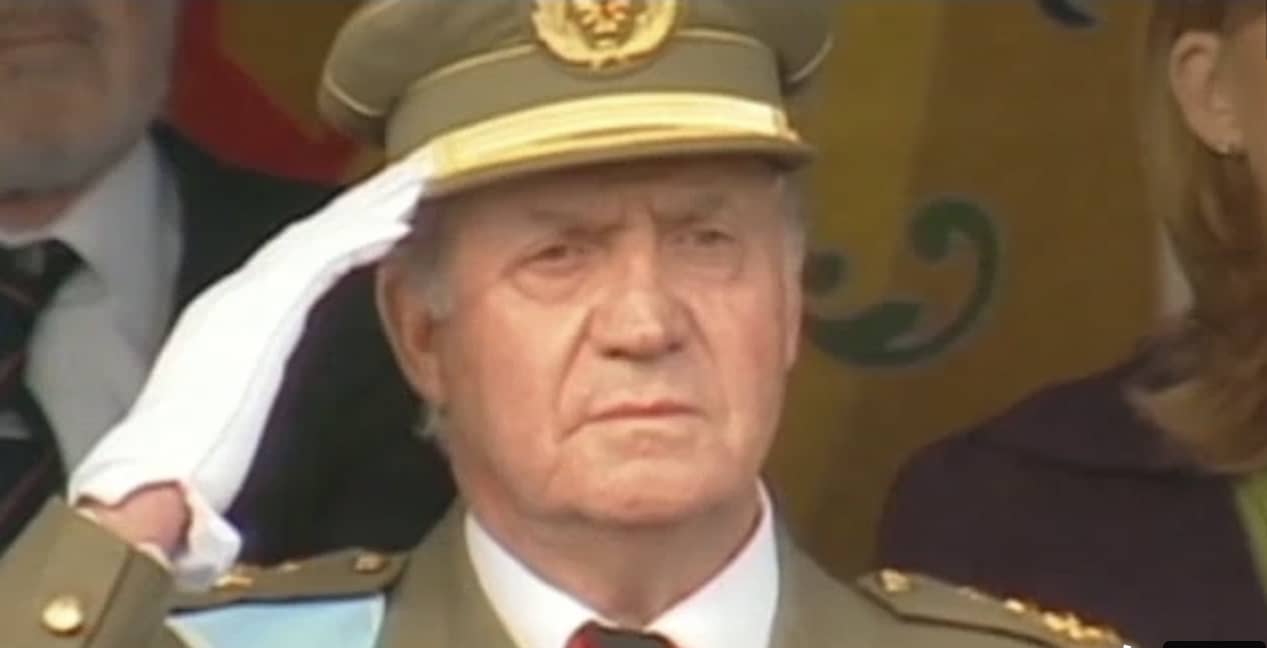
Juan Carlos became King of Spain, appointed by Franco, in 1975. Juan Carlos was fundamental in Spain’s transition after Franco’s death, leaving behind a dictatorial regime and leading Spain to democracy.
He was the grandson of Alfonso XIII, the last king of Spain before the abolition of the monarchy in 1931 and the subsequent declaration of the Second Spanish Republic.
Juan Carlos was highly valued and loved by politicians and the people. On February 23, 1981, there was an attempted coup d’état, an event in which the king intervened. This situation brought him a prestige he maintained throughout his reign leading to the approval of the Spanish Constitution of 1978 in a referendum that reestablished the constitutional monarchy.
At the age of 24, he married Princess Sofia of Greece, with whom he has three children: the Infantas Elena and Cristina and the current King Felipe VI.
In June 2014, Juan Carlos, citing personal reasons, abdicated in favor of his son, who acceded to the throne as Felipe VI.
11. Felipe VI
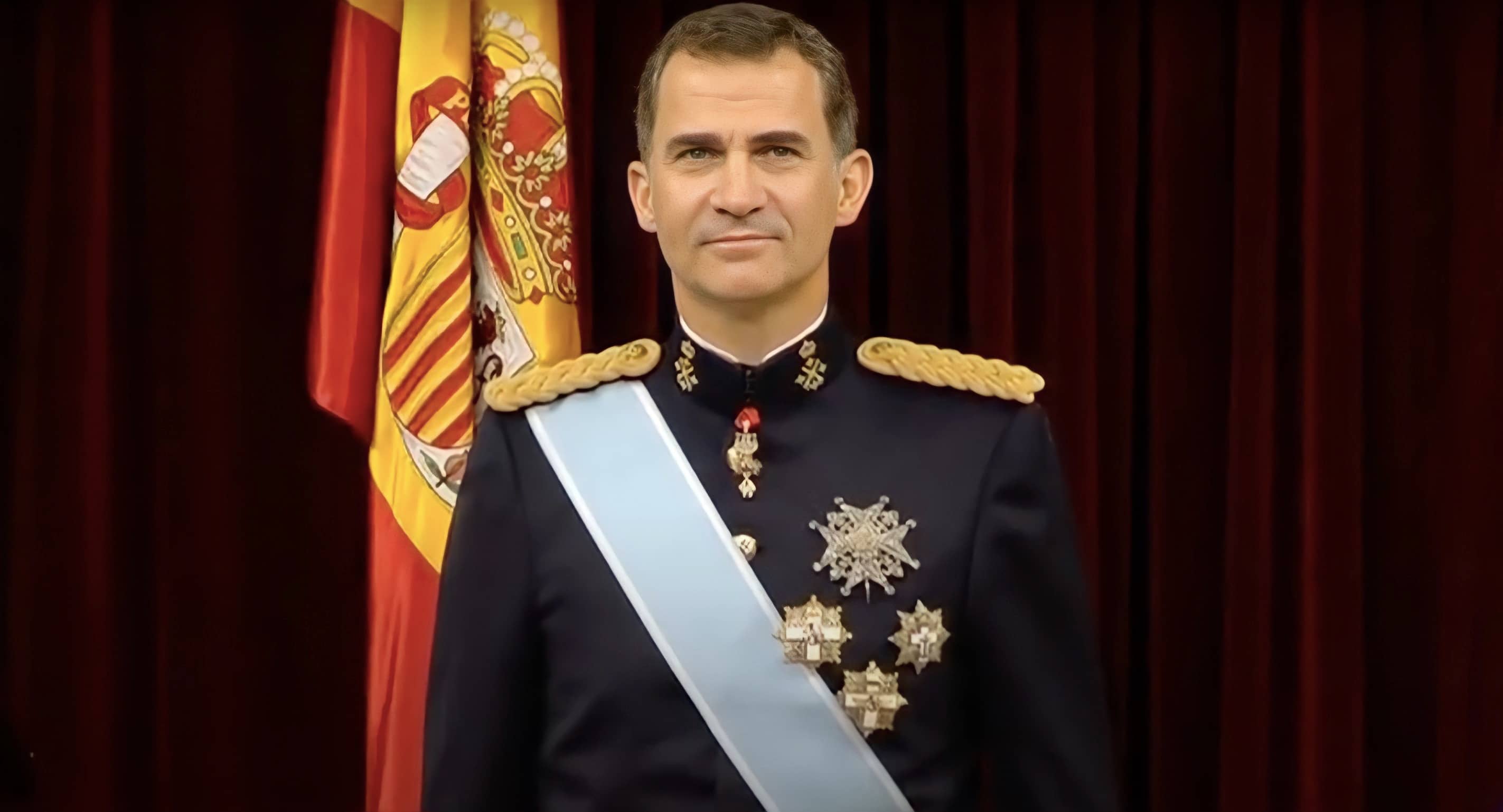
He’s the current King of Spain. Son of King Juan Carlos I of Spain and Queen Sofia of Greece, he has two older sisters, Infanta Elena, Duchess of Lugo, and Infanta Cristina. He developed his education in foreign centers and began his military training in 1985 at the General Military Academy of Zaragoza, where he received the title of lieutenant of the Infantry weapon from his father.
At 18, Felipe was sworn into the Constitution and began his university career, leading him to become the first crown prince of Spain with a university degree. In 2003 the royal family announced the engagement of Prince Felipe and the young Spanish journalist Letizia Ortiz. A year later, they were married, and the wedding occurred in the Almudena Cathedral in Madrid. Today, they have two daughters, Leonor Princess of Asturias and his heir presumptive, and Sofia, Infanta of Spain, and second in line to the Spanish throne.
On June 2, 2014, King Juan Carlos I abdicated in favor of the prince, giving rise to the reign of Felipe VI.
According to the Spanish Constitution, as King, Felipe VI holds the position of head of state and commander in chief of the Spanish Armed Forces with the military rank of Captain General. He’s also the representative figure of Spain in international relations and agreements.
His reign has gone through crucial moments that will be part of the history of Spain. Among them stand out the dissolution of the Spanish Parliament in 2016, the strong condemnation of the Catalan independence referendum, and the COVID-19 pandemic.
I hope you enjoyed the history of these characters and what they have achieved over the years. I believe that all of them were and are very relevant figures in the history of Spain. As I said at the beginning, this is a small selection, although there are many more, I would not stop writing, and you wouldn’t stop reading.




